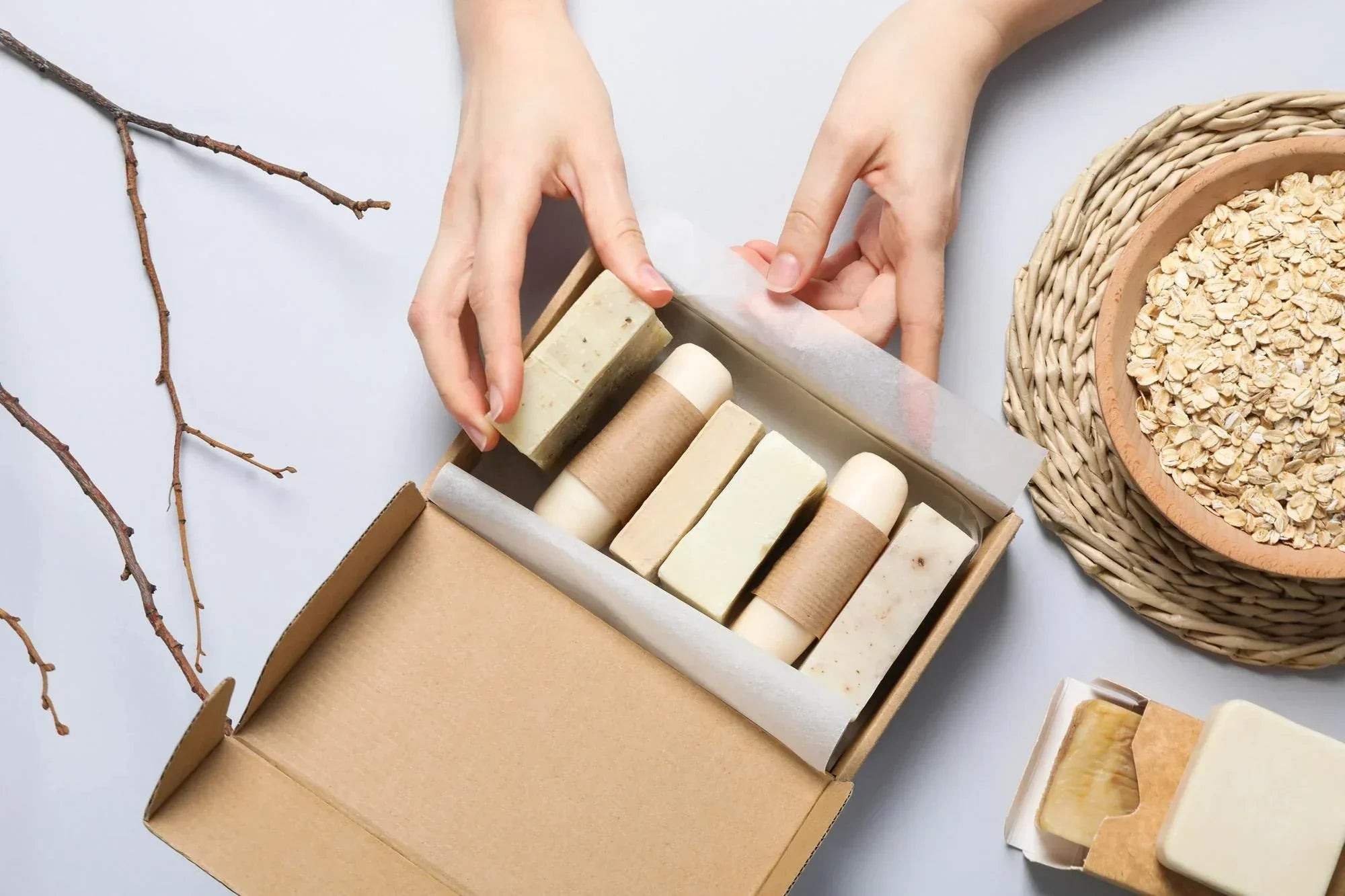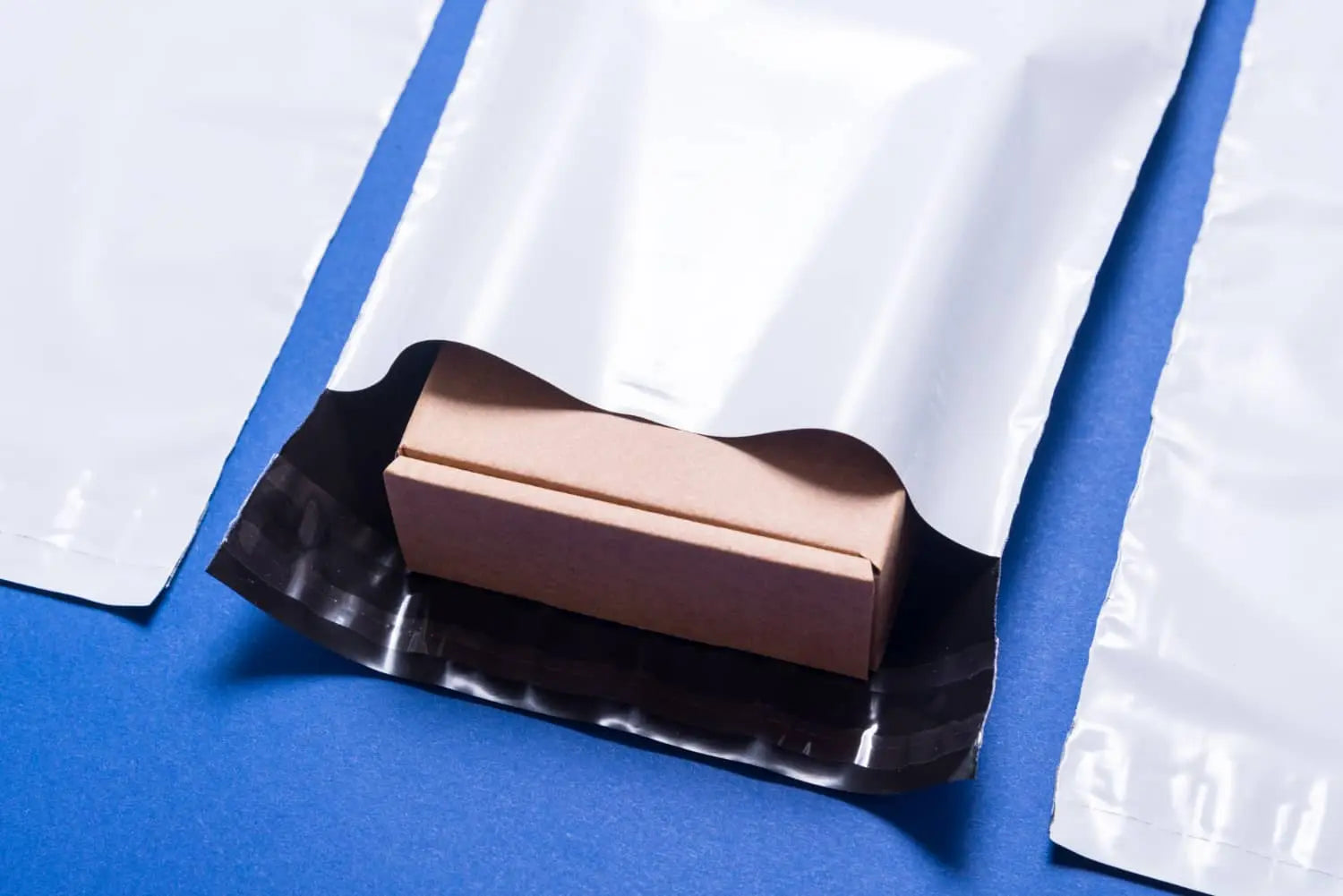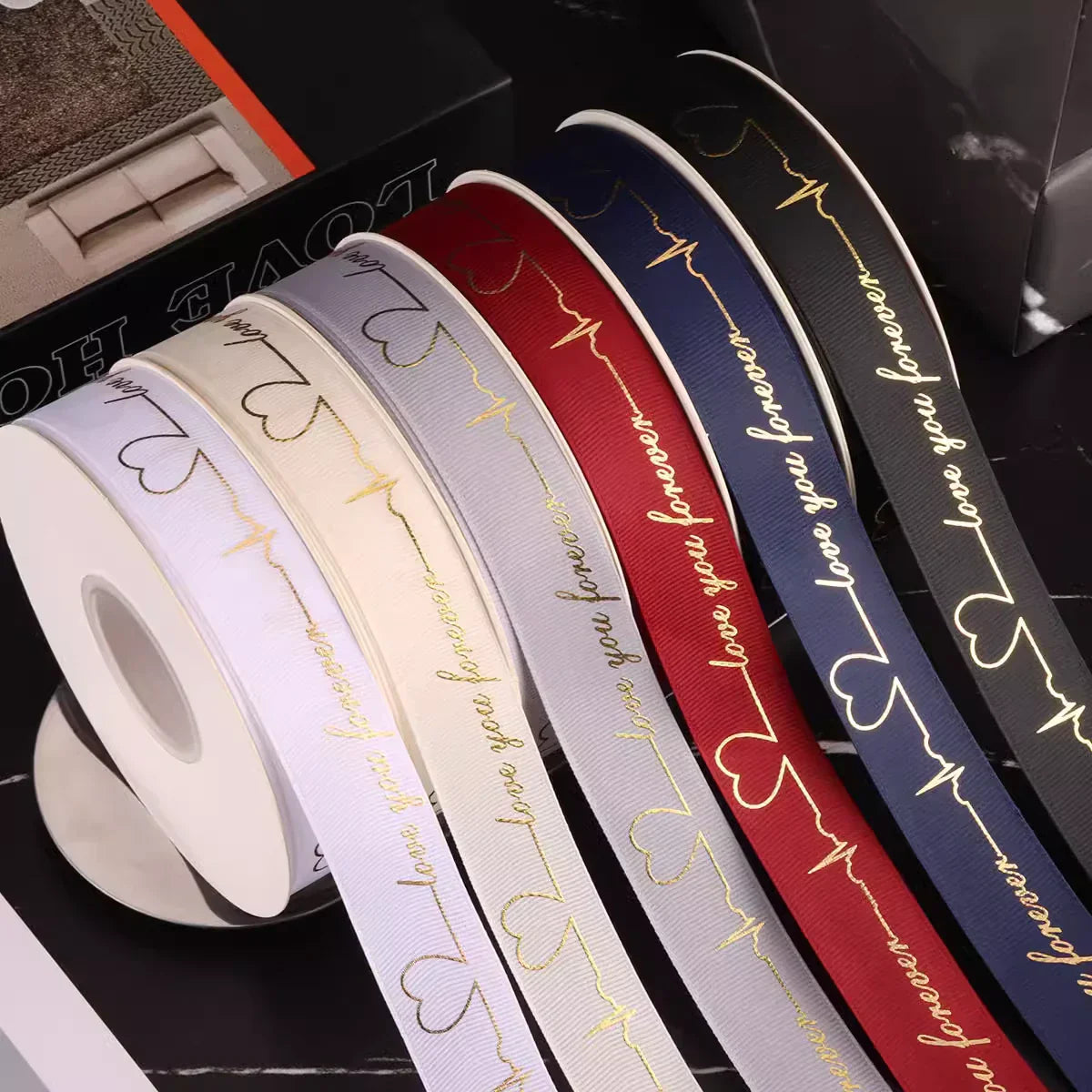Understanding the different types of packaging is crucial for businesses looking to protect their products, appeal to customers, and improve sustainability. This comprehensive guide covers packaging functions, examples—including tissue paper, mailer bags, paper bags, and zipper bags—and current industry trends.
What are the Different Types of Packaging?
Packaging types include primary, secondary, tertiary, flexible, rigid, eco-friendly, and smart packaging. Each type has distinct functions, examples, and trends. Let's explore them individually.
1. Primary Packaging
Functions of Primary Packaging
Primary packaging directly holds the product, offering immediate protection and preserving product freshness. It's the first layer consumers interact with.
Examples of Primary Packaging
-
Food: Plastic bottles (milk), glass jars (jam), aluminum cans (soft drinks), and deli paper.

-
Retail & Apparel: Tissue paper for wrapping clothes and delicate items.
-
Personal Care: Cosmetic jars and lotion bottles.
Trends in Primary Packaging
Brands now prefer minimalist designs and environmentally friendly materials like biodegradable plastics or recyclable paper wraps.
2. Secondary Packaging
Functions of Secondary Packaging
Secondary packaging groups individual products into a convenient unit, improving ease of handling, protection during transit, and enhancing shelf visibility.
Examples of Secondary Packaging
-
Food Products: Cereal boxes and multi-pack beverage cartons.
-
Retail: Branded paper bags given to customers at checkout, enhancing brand visibility.

-
Cosmetics: Gift boxes for perfumes or beauty kits.
Trends in Secondary Packaging
Secondary packaging increasingly features custom digital printing and lightweight materials for sustainability and reduced cost.
3. Tertiary Packaging
Functions of Tertiary Packaging
Tertiary packaging is designed for logistics purposes—transporting large volumes of goods safely and efficiently, typically not visible to consumers.

Examples of Tertiary Packaging
-
Pallets wrapped with stretch films.
-
Wooden crates for machinery.
-
Heavy-duty cardboard boxes for wholesale distribution.
Trends in Tertiary Packaging
Reusable shipping crates and advanced tracking technologies (like RFID tags) are trending, improving supply chain efficiency.
4. Flexible Packaging
Functions of Flexible Packaging
Flexible packaging uses soft, easily shaped materials. It offers convenience, reduced shipping costs, lightweight protection, and versatility across products.

Examples of Flexible Packaging
-
Food & Snacks: Stand-up pouches (nuts, dried fruits, chips).
-
Household & Personal Use: Zipper bags for snack storage, toiletries, and travel items.
-
E-commerce: Lightweight mailer bags (poly mailers, compostable mailers) for clothing and accessories shipping.
Trends in Flexible Packaging
Sustainable flexible packaging materials like compostable plastics are becoming popular. Brands emphasize resealable designs for consumer convenience.
5. Rigid Packaging
Functions of Rigid Packaging
Rigid packaging provides structural protection, luxury presentation, and enhanced product security—ideal for premium or valuable products.
Examples of Rigid Packaging
-
Premium glass bottles (wine, perfume).
-
Magnetic boxes for jewelry.
-
Metal tins for gourmet food items.
Trends in Rigid Packaging
Brands increasingly use premium finishing techniques (embossing, metallic foiling) and environmentally-friendly materials like recyclable metals or glass.
6. Eco-Friendly Packaging
Functions of Eco-Friendly Packaging
Eco-friendly packaging reduces environmental impact through sustainable materials, recyclability, reusability, and biodegradability.

Examples of Eco-Friendly Packaging
-
Compostable bags made from cornstarch or plant fibers.
-
Reusable cloth bags or glass containers.
-
Paper bags and boxes made from recycled materials.
Trends in Eco-Friendly Packaging
Packaging clearly labeled for recyclability and the use of innovative biomaterials (such as mushroom-based packaging or plant-derived films) are trending.
7. Smart & Active Packaging
Functions of Smart Packaging
Smart packaging incorporates advanced technology to extend product shelf-life, improve customer engagement, and optimize logistical processes.

Examples of Smart Packaging
-
Freshness indicators on food products.
-
QR codes providing detailed product information.
-
RFID-enabled packages for product tracking.
Trends in Smart Packaging
IoT-enabled smart packaging and interactive digital experiences (like augmented reality labels) are increasingly popular.
Key Factors to Consider When Choosing Packaging
When choosing packaging, consider:
-
Product protection needs.
-
Customer preferences and brand appeal.
-
Sustainability and environmental impact.
-
Cost-effectiveness and logistics.
Frequently Asked Questions (FAQs)
What are common examples of flexible packaging?
Common examples include zipper bags, mailer bags, stand-up food pouches, snack wrappers, and resealable plastic bags.
What packaging is best for e-commerce?
Mailer bags, zipper bags, and protective tissue paper are ideal for e-commerce, as they're lightweight, durable, and affordable.
Which packaging types are eco-friendly?
Eco-friendly packaging types include recyclable paper bags, reusable glass containers, compostable mailer bags, and biodegradable packaging.
Conclusion
Understanding packaging types—primary, secondary, tertiary, flexible, rigid, eco-friendly, and smart packaging—helps businesses enhance product protection, consumer experience, and brand visibility. Whether you're using tissue paper to create elegant product presentations, mailer bags for efficient e-commerce shipping, or zipper bags for convenience, selecting appropriate packaging significantly impacts your business success.
Keep updated with evolving trends and consumer preferences to remain competitive and sustainable.


